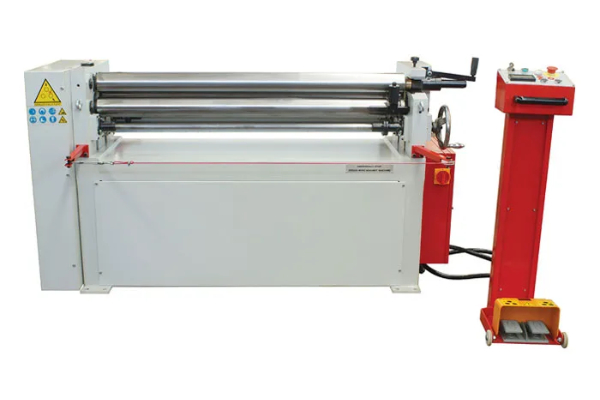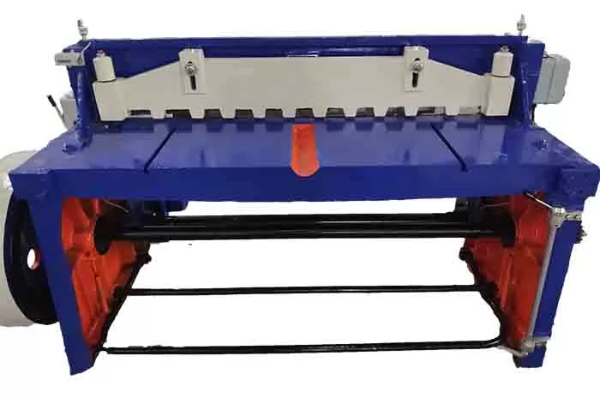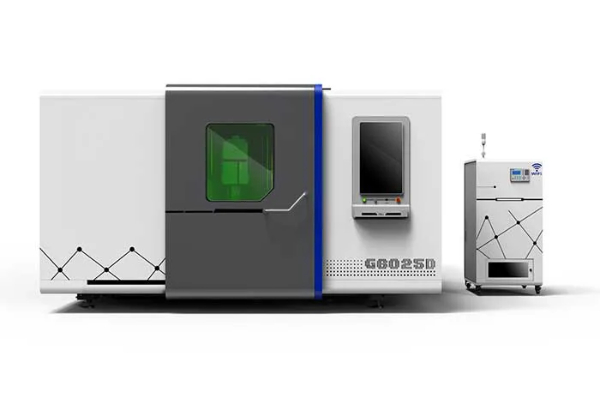
The Art of Precision- Achieving Accuracy with Metal Folding
- By:Metmac
- 2024-05-14
- 85
In the realm of metalworking, precision is paramount. The ability to manipulate metal with accuracy is essential for creating high-quality products that meet stringent specifications. Metal folding, a technique that involves bending sheet metal into desired shapes, is a critical process that demands the utmost precision. This article, “The Art of Precision: Achieving Accuracy with Metal Folding,” provides a comprehensive guide to the methods, techniques, and equipment used to achieve the highest levels of accuracy in metal folding operations.
Precision Measurement Techniques
Achieving accuracy in metal folding begins with precise measurement techniques. Various tools and techniques are used to ensure that the metal sheet is cut and folded to exact dimensions. Laser measuring devices, digital calipers, and height gauges provide accurate measurements of the sheet’s length, width, and thickness. Advanced software can automatically generate folding instructions based on the desired geometry, reducing the risk of human error.
Specialized Folding Equipment
Precise metal folding requires specialized equipment capable of applying consistent force and maintaining precise angles. CNC (computer numerical control) press brakes are widely used in the industry. These machines use computer-controlled hydraulics to apply precise pressure and ensure accurate folding of the metal sheet. Laser-guided systems and automated bending tools further enhance precision by ensuring that the fold lines align perfectly.
Material Considerations
The type of metal used in the folding process can influence accuracy. Different metals have varying tensile strengths, ductility, and springback characteristics. Understanding these material properties is crucial for selecting the appropriate folding parameters. Thinner metals require less force, while thicker metals may require multiple passes through the press brake to achieve the desired shape accurately.
Environmental Control
Temperature and humidity can affect the accuracy of metal folding. Temperature variations can cause the metal to expand or contract, altering its dimensions and potentially leading to inaccuracies. Controlled environments with stable temperature and humidity levels ensure optimal conditions for precision folding.
Quality Control and Inspection
Rigorous quality control measures are essential to verify the accuracy of folded metal parts. Coordinate measuring machines (CMMs) and optical measuring devices provide precise measurements of the finished product, ensuring that it meets the specified tolerances. Visual inspection, dimensional gauging, and non-destructive testing techniques can also be used to detect any deviations from the desired shape.
Conclusion
Achieving accuracy in metal folding is an art that requires a combination of precise measurement techniques, specialized equipment, material considerations, environmental control, and rigorous quality control. By mastering these aspects, manufacturers can produce high-quality folded metal parts that meet the most demanding specifications. The Art of Precision: Achieving Accuracy with Metal Folding provides a comprehensive roadmap for achieving the highest levels of precision in this critical metalworking process.
-
The Advantages of Using a Sheet Roll Forming Machine in Manufacturing
2024/09/14 -
How to Optimize Your Laser Sheet Cutting Machine for Maximum Performance
2024/09/12 -
How to Maximize Efficiency with Modern Sheet Metal Working Machines
2024/09/04 -
The Environmental Benefits of Using Duct Board Grooving Machines
2024/09/03
-
A Guide to the Latest Innovations in Sheet Metal Folding Machines
2024/11/29 -
Key Features to Consider When Investing in a Sheet Metal Folding Machine
2024/11/28 -
Enhancing Precision with Advanced Sheet Metal Folding Machines
2024/11/27 -
How to Choose the Right Sheet Metal Folding Machine for Your Workshop
2024/11/26



